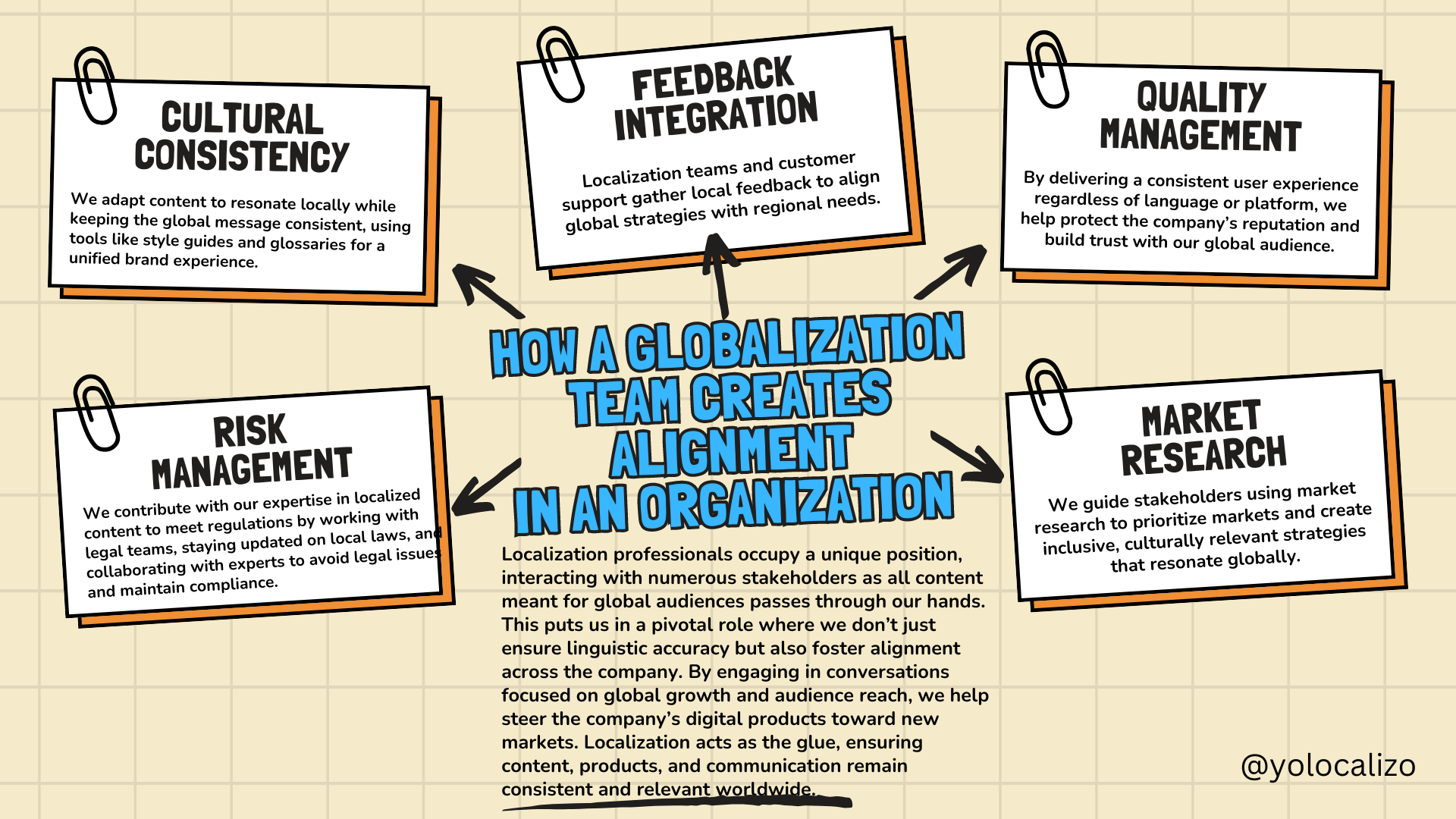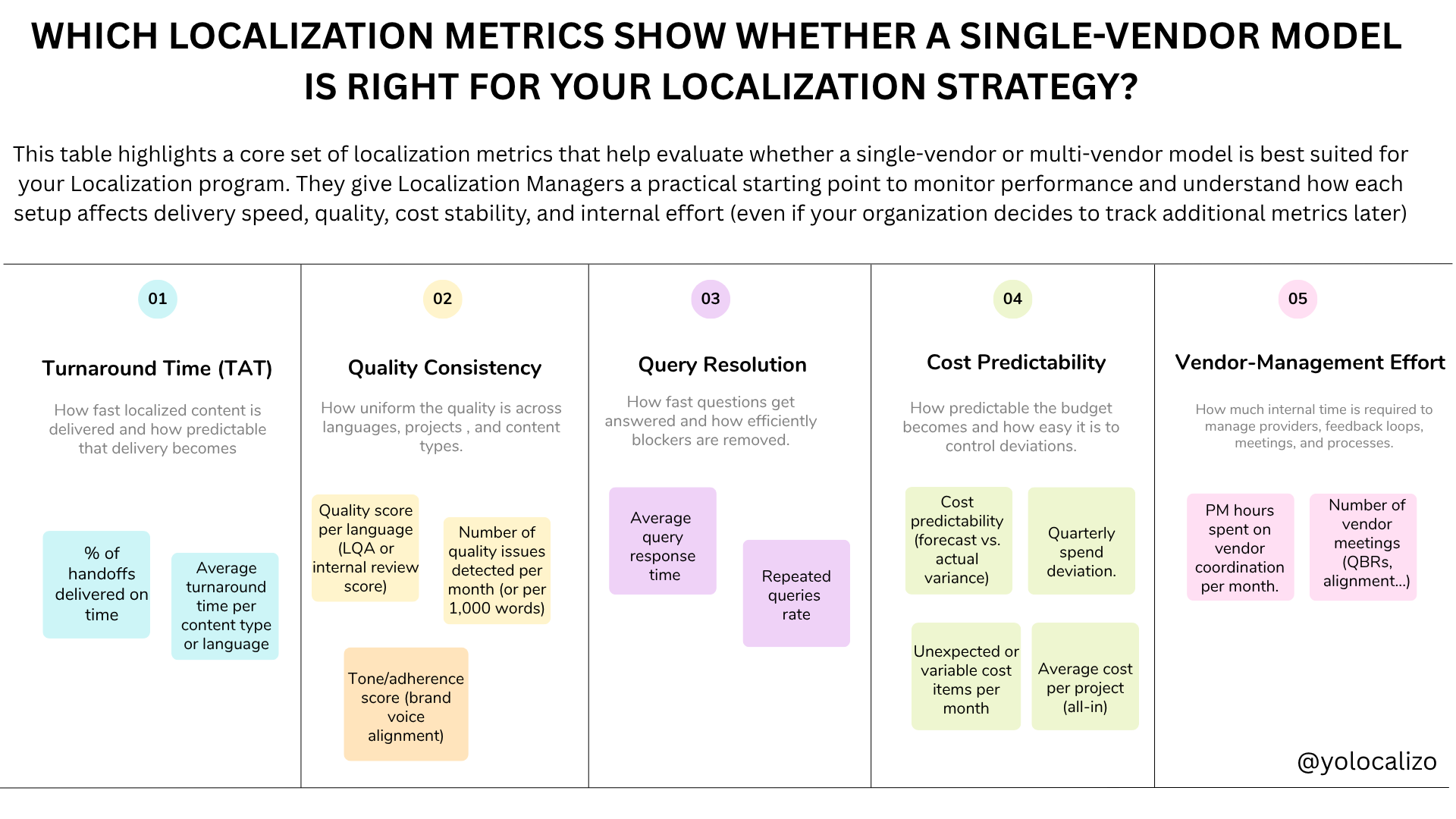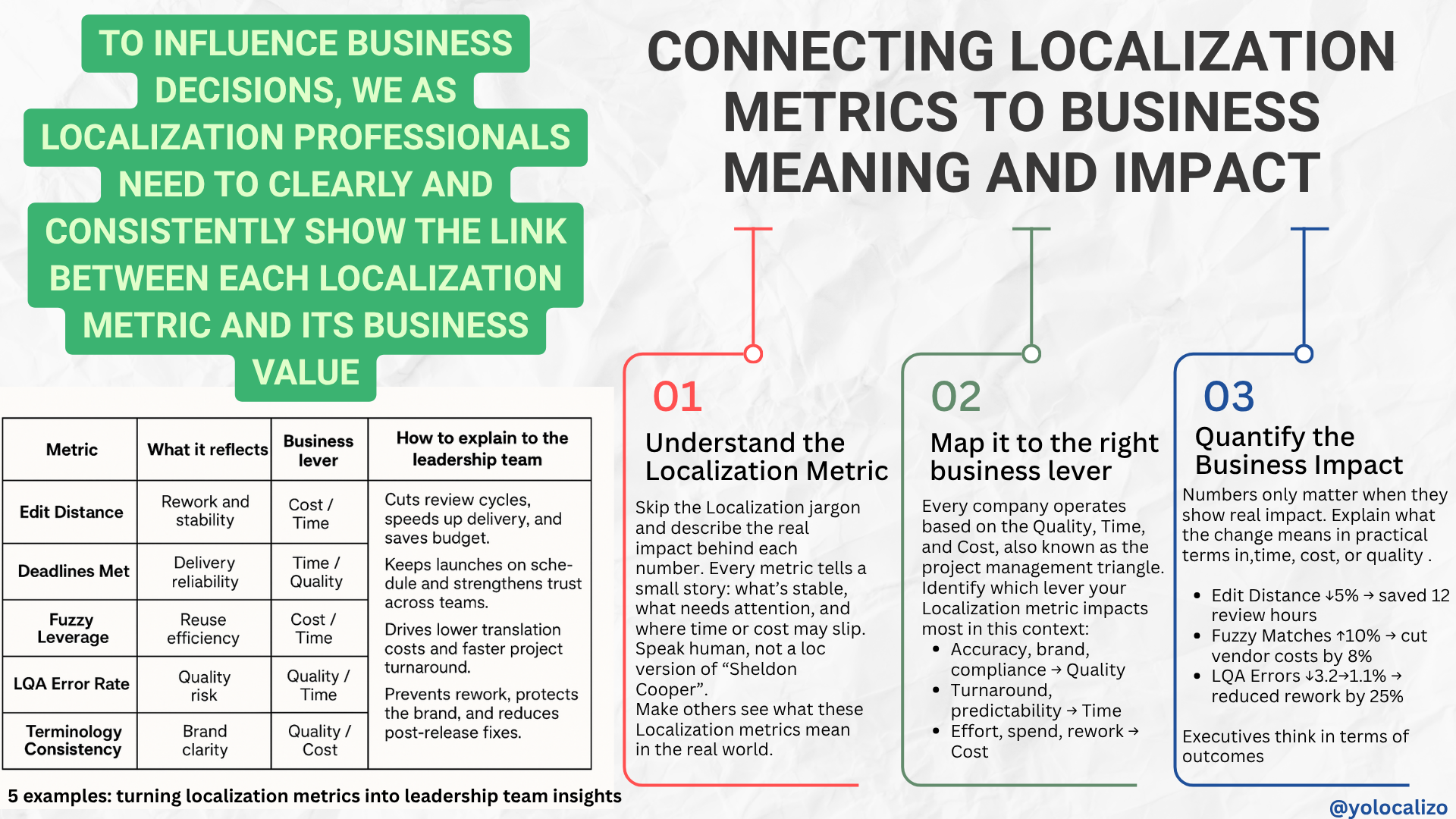The spining bike, the power of starting somewhere to get momentum and how to create the Globalization flywheel
Steve Jobs popularized the idea that computers are like bicycles for the mind. He used this comparison to show how computers amplify our mental abilities, just like a bike amplifies our physical ability to move. In a 1990 interview, he explained it like this:
"We discovered that humans are pretty mediocre at locomotion, but with a bicycle, we become the most efficient creatures on the planet. The computer is the bicycle for our minds."
Honestly, I couldn’t agree more with that thinking. I love bikes, I love tech … double combo as I could easily call myself an Apple fanboy.
And I bring all this up because my brain starts generating ideas every time I go cycling especially when I’m on my mountain bike, out in the middle of nowhere. There’s something about the rhythmic movement and the pedaling cadence that switches my brain into creative mode.
That usually happens when I’m riding outdoors, but the other day, the idea for this week’s blog post came to me during a spinning class!
Pic from my home spinning bike + the ones we have in the gym classes. In the first one, we can see well the flywheel that served as inspiration for this blog post
Not sure if you’ve ever done a spinning class… they’re kind of wild. Music blasting, lights flashing in your eyes, and the instructor yelling at you non-stop to pedal like there’s no tomorrow.
The design of spin bikes is something else too ; stiff, slightly awkward posture, and a big wheel in the middle called a flywheel that mimics a road bike. The more you pedal, the faster it spins.
At first, it’s hard to get it going ; it’s slow, there’s friction but if you keep pedaling harder and harder, eventually the inertia kicks in and it’s easier to maintain speed. It builds on itself.
So there I was, pedaling, staring at that flywheel, and boom the concept of the flywheel came to mind.
The one Jim Collins talks about in Good to Great, and Jeff Bezos later made famous at Amazon.
And I thought: what would a flywheel look like for Localization?
Keep reading because in the next few paragraphs, I’ll explain what this flywheel idea is and how it can help us pitch Globalization strategies, especially to the C-suite.
There’s something in this flywheel metaphor that execs just get. And we must take advantage of that because every chance we get to pitch the value of localization to leadership is a chance we must grab.
We need to speak their language and the flywheel concept will help us do exactly that.
Introducing the Globalization flywheel
Click HERE to download the infographics
A flywheel is a cycle. Once it starts spinning, it builds momentum. Every push makes the next one easier. It’s not about one big win. It’s about steady, smart actions that keep reinforcing each other.
Although, as mentioned earlier, the concept of the flywheel comes from one of the leadership and management gurus, Jim Collins, the one who really made it famous was Jeff Bezos.
Back in the early 2000s, during one of Amazon’s most successful phases, Bezos used the flywheel to gain so much momentum that it was dizzying.
In fact, in the book Amazon Unbound, Bezos admits that the flywheel was, for a long time, the reason behind Amazon’s astronomical growth.
In Amazon’s case, the flywheel had 7 elements:
It starts with lower prices → which brings more customers → which attracts more sellers → which improves product selection → which makes the experience better → which brings even more customers.
Each part feeds the next. The more it spins, the stronger it gets.
And the beauty of it is you can enter at any point. No matter where you start, it will build momentum.
So there I was, pedaling on the bike, and the idea came to me:
In Globalization, we might build a flywheel too!
The principles are similar. The key is to figure out which entry points make sense for us, and from there, understand how each one supports the next, no matter the order.
In our work in Globalization, this concept can also help us translate our work into a strategy language that executives understand. It shows how small, smart actions add up to big business outcomes.
Here are 6 entry points to get your Globalization flywheel moving
Source Content Optimization
Start here if: you have access to writers or product teams.
When the source content is clean, clear, and localization-friendly, everything downstream runs smoother.
You avoid confusion, save time, and reduce rework.
It also shows that localization starts before translation and teams start seeing you as a true content partner
Localization Quality
Start here if: you care about accuracy, tone, and the overall user experience.
When translations feel right, user notice. They trust our digital product. They stick around longer.
And inside the company? You earn credibility. Teams start asking for your help earlier. Quality opens doors.
User Feedback / Community Insights
Start here if: your user are talking (on forums, app reviews, social).
Don’t ignore their feedback. Collect it. Highlight what matters.
Users saying “this sounds weird” is gold. It’s a reason to act and it helps you prove that localization impacts real people.
Market Growth Signals
Start here if: you’re seeing usage increase in specific regions.
Maybe India is growing fast. Maybe Brazil has a loyal user base even with poor translations.
That’s a signal. Bring the data. Say: “This is working imagine what we could do with proper support.”
Automation / Tooling
Start here if: your team is doing too much, too manually.
Maybe it’s time to clean up your TM. Connect tools. Automate reviews.
Better workflows = faster delivery = less stress.
And people notice. You become the team that scales, not the one that blocks.
Final thought
You don’t need a long-term plan to make progress.
You just need one good entry point , wherever you have influence today.
Push there. That push will create motion.
Motion builds momentum.
And that’s how the Globalization flywheel starts spinning and starts sounding like strategy.
@yolocalizo



















This feels like a pivotal moment. Localization teams are being asked to support more markets, move faster, use AI responsibly, and show impact, not just output. Expectations are higher than ever, but many teams are still trained mainly for execution. We are strong at delivering localization work, yet we often struggle to move from output to outcome and to clearly explain the impact of what we do.